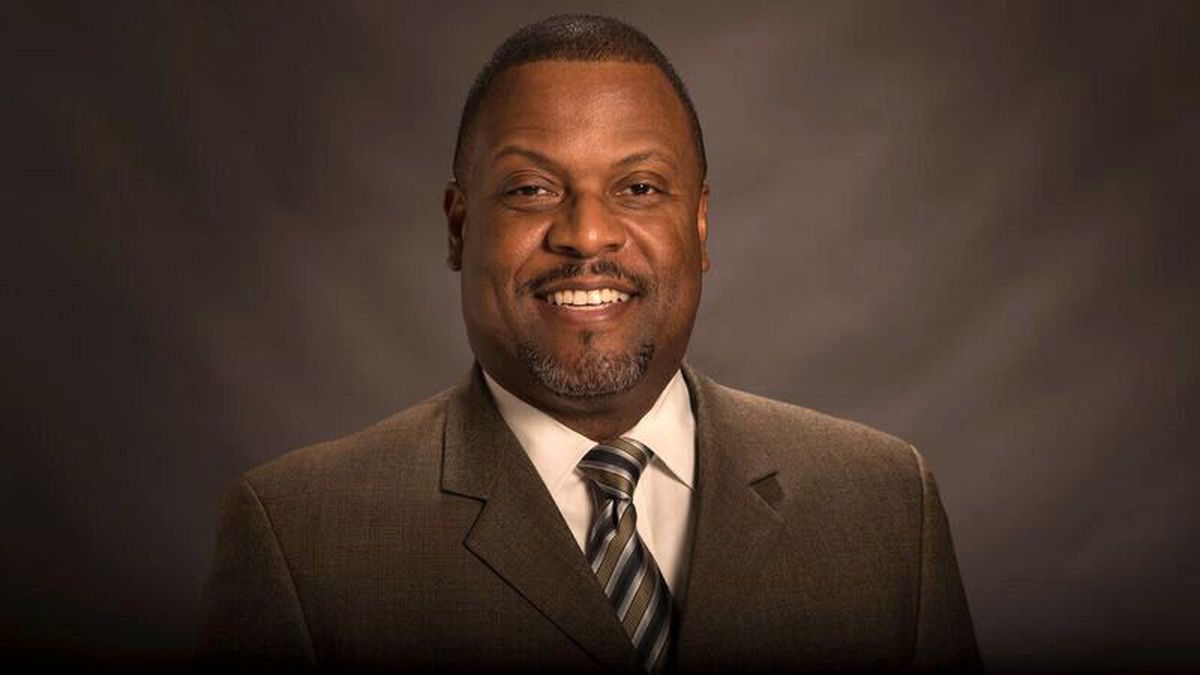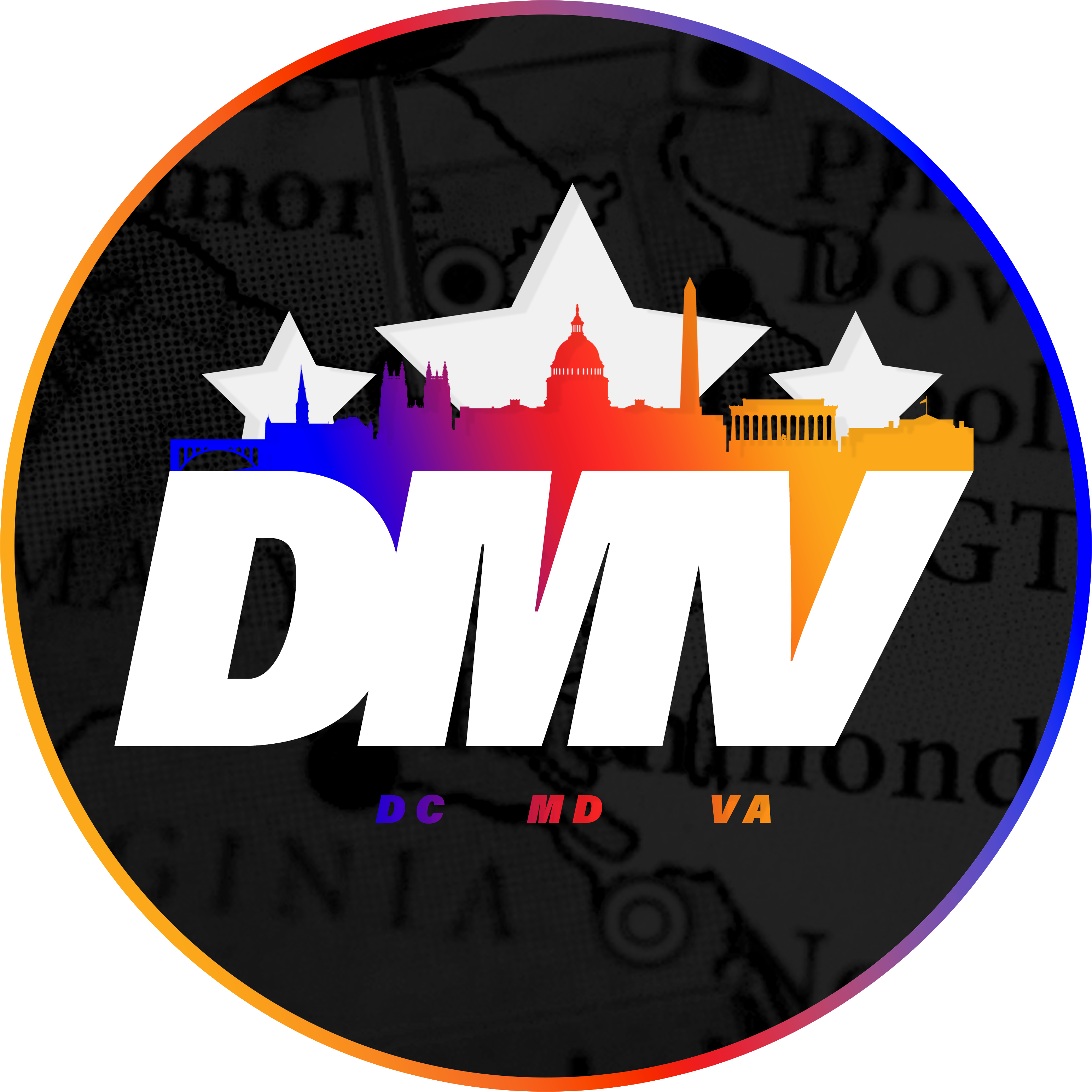
Baltimore County schools superintendent leaning toward virtual fall return
Baltimore County Schools Superintendent Darryl L. Williams said he is leaning toward remote learning with a phased-in return as the school board considers how to reopen schools for the 2020-21
Baltimore County Schools Superintendent Darryl L. Williams said he is leaning toward remote learning with a phased-in return as the school board considers how to reopen schools for the 2020-21 academic year.
A virtual return is one of three models school board members took up during a virtual meeting Tuesday evening, one month before the deadline for Maryland school systems to submit opening plans to the Maryland State Department of Education.
The school board meets again Aug. 11 to decide on the plan. Williams envisions initially starting the school year remotely, and phasing in a physical return to school buildings, predicated on regional conditions as the coronavirus pandemic continues.
“It may serve us better to lean toward a more virtual return, understanding what we did during the initial closing won’t be how we will start,” Williams said.
All models presented Tuesday night hinge on which phase of Gov. Larry Hogan’s Roadmap to Recovery plan the county finds itself in.
If a spike in COVID-19 cases leads Maryland and Baltimore County, which are now in Phase 2 of Hogan’s reopening plan, to return to the first phase of coronavirus recovery, schools will keep remote learning in place.
If the county remains in the second phase when schools are due to reopen, the school system will allow groups of students to go to school in-person on a weekly rotation at 30% to 35% capacity. Some students would continue to learn through live online instruction.
In that scenario, students attending in-person classes would do so Monday through Thursday, and Friday lessons would occur online without real-time interaction with educators. Friday would serve as a planning day for teachers.
The final option would fully reopen school buildings for in-person learning if the state and county enter Phase 3; all students and staff would return, and face-covering would be optional.
The state’s current second phase allowed for larger social gatherings, indoor gym classes, regular child care, increased mass transit schedules, indoor religious services, restaurant and bar service with restrictions, and elective procedures at hospitals.
Coronavirus cases, deaths, and hospitalizations have been on a mostly downward trajectory since Maryland’s peak in late April.
Efforts to curb disease spread in other states, like Florida, Texas, and California, have backslid after those states loosened restrictions and reopened local economies. Surges in cases have prompted some nations to close nonessential businesses once again.
Nearly 11 county residents per capita have tested positive for the coronavirus. Baltimore County has a coronavirus positivity rate of 4.8%, marginally higher than the state’s 4.6% positivity rate.
So far in July, almost 1,000 new coronavirus cases have been confirmed at an average of 73 new cases a day, for 4,990 total cases. Hospitalizations, however, are trending downward.
The last spike in county cases came in late May when the Department of Health confirmed 234 new patients.
The Maryland State Education Association, Baltimore Teachers Union, and the Maryland Parent Teacher Association called on state officials Tuesday to start the academic year in an online-only setting amid the ongoing pandemic.

